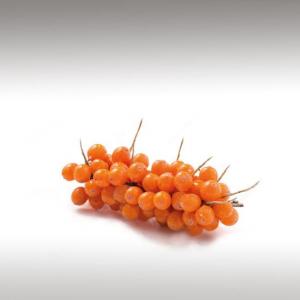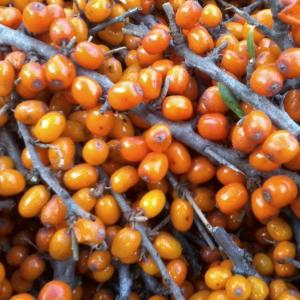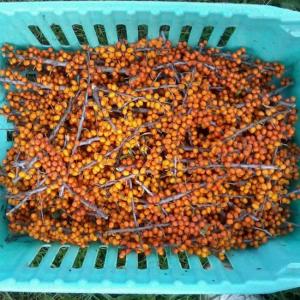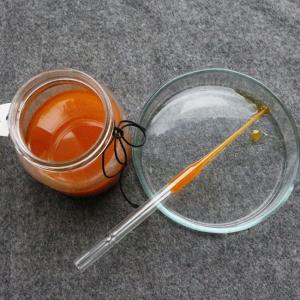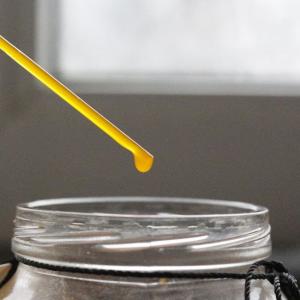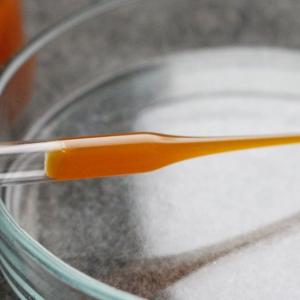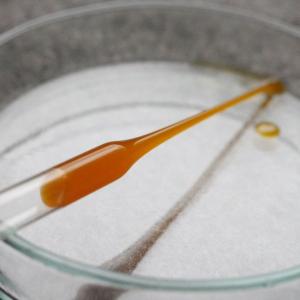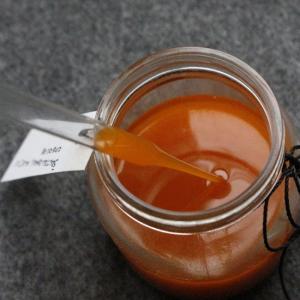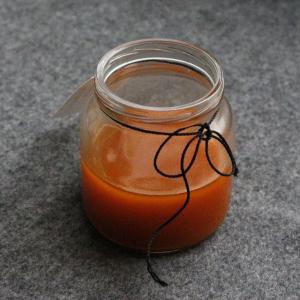
SEA-BUCKTHORN OIL (HIPPOPHAE RHAMNOIDES) - BASE OILS

BASE / GENERAL DATA
Information submited: September 10, 2014 Modified: May 9, 2018 By: OperaDreamhouse
Hippophae Rhamnoides, common Sea-Buckthorn, is a species of flowering plant in the family Elaeagnaceae. Hippophae Rhamnoides
can grow 2 - 4 m high. The leaves are alternate, narrow and lanceolate,
with silvery-green upper faces.
It is dioecious, which means that the male and female flowers grow on different shrubs. The male inflorescence is built up of four to six flowers without petals. The female inflorescence consists normally of only one flower without petals and contains one ovary and one ovule. Male plants need to be planted near the female plants to allow fertilisation and fruit production. The oval or lightly roundish fruits grow in compact grapes varying from pale yellow to dark orange and weighing from 0,2 g to 1 g. Oil can be extracted from either the seeds or the pulp of the fruit.
Hippophae Rhamnoides is a native plant throughout Europe, including Britain, from Norway south and east to Spain and Asia to Japan and the Himalayas.
It is grown as an agricultural plant in Germany, France, Finland, India and China. China is the largest agricultural producer.
The origin of the plant is Nepal and it migrated to other parts of Eurasia after the last Ice Age. It is also cultivated as an ornamental plant in gardens and parks.
Chemical structure:
Oils from Sea-Buckthorn seeds and pulp differ considerably in fatty acid composition. While linoleic acidand α-linolenic acidare the major fatty acids in seed oil, Sea-Buckthorn pulp oil contains approximately 65% combined of the monounsaturated fatty acid, palmitoleic acid, and the saturated fattyacid, palmitic acid. Few other vegetable oils contain a similar quantity of these fatty acids. Both the seed and pulp oils are rich in tocopherols, tocotrienols and plant sterols. In addition, the pulp oil contains especially high levels of carotenoids.
It is dioecious, which means that the male and female flowers grow on different shrubs. The male inflorescence is built up of four to six flowers without petals. The female inflorescence consists normally of only one flower without petals and contains one ovary and one ovule. Male plants need to be planted near the female plants to allow fertilisation and fruit production. The oval or lightly roundish fruits grow in compact grapes varying from pale yellow to dark orange and weighing from 0,2 g to 1 g. Oil can be extracted from either the seeds or the pulp of the fruit.
Hippophae Rhamnoides is a native plant throughout Europe, including Britain, from Norway south and east to Spain and Asia to Japan and the Himalayas.
It is grown as an agricultural plant in Germany, France, Finland, India and China. China is the largest agricultural producer.
The origin of the plant is Nepal and it migrated to other parts of Eurasia after the last Ice Age. It is also cultivated as an ornamental plant in gardens and parks.
Chemical structure:
Oils from Sea-Buckthorn seeds and pulp differ considerably in fatty acid composition. While linoleic acidand α-linolenic acidare the major fatty acids in seed oil, Sea-Buckthorn pulp oil contains approximately 65% combined of the monounsaturated fatty acid, palmitoleic acid, and the saturated fattyacid, palmitic acid. Few other vegetable oils contain a similar quantity of these fatty acids. Both the seed and pulp oils are rich in tocopherols, tocotrienols and plant sterols. In addition, the pulp oil contains especially high levels of carotenoids.

SPIRITUAL PRACTISES DATA

MEDICINE / HEALTH DATA
Information submited: January 19, 2018 By: OperaDreamhouse
Sea buckthorn oil may a great way to help reduce possible cancers that may develop in the liver thanks to its liver-cleansing effects.

BEAUTY / COSMETICS DATA

FOOD / COOKING DATA
COMMENTS
No comments.
Newest mixtures containing Sea-Buckthorn Oil (Hippophae Rhamnoides):

Balm for mature skin
June 4, 2015

Therapeutic body balm for insect bite healing
June 3, 2015


